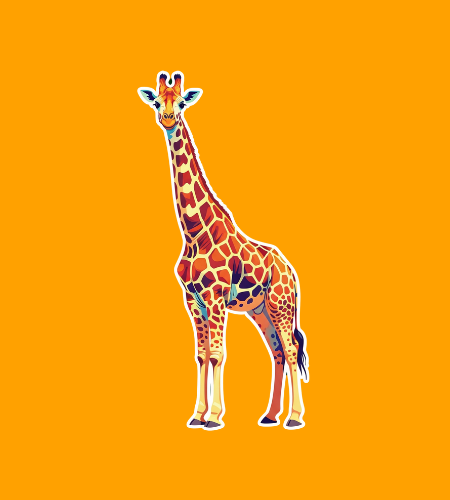Every year on June 21, we celebrate World Giraffe Day, a special occasion dedicated to raising awareness about the tallest land animals on Earth. Coinciding with the summer solstice in the Northern Hemisphere, this day symbolizes the towering presence of giraffes and highlights the urgent need for their conservation.
History of World Giraffe Day
World Giraffe Day was initiated in 2014 by the Giraffe Conservation Foundation (GCF), the only non-governmental organization in the world that concentrates solely on the conservation and management of giraffes in the wild throughout Africa. The choice of June 21—the longest day of the year in the Northern Hemisphere—aptly reflects the giraffe’s status as the tallest land animal. The day was established to draw attention to the challenges giraffes face in the wild and to promote efforts to ensure their survival. 1
Since its inception, World Giraffe Day has grown into a global event, with zoos, schools, conservation organizations, and individuals participating in activities to celebrate giraffes and support conservation initiatives. The GCF uses this day to raise funds for giraffe conservation projects, such as habitat restoration, anti-poaching efforts, and scientific research to better understand giraffe populations and their needs.
Why is World Giraffe Day important?
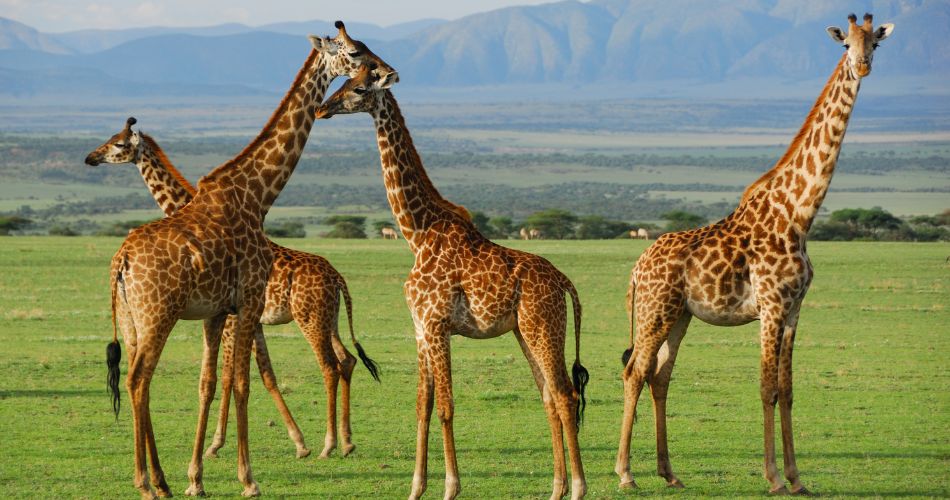
Giraffes are currently facing a silent extinction. Over the past three decades, giraffe populations have declined by nearly 30%, with only approximately 117,000 individuals remaining in the wild. Factors contributing to this decline include habitat loss, poaching, and human-wildlife conflict. World Giraffe Day serves as a critical platform to raise awareness about these issues and to mobilize support for conservation efforts aimed at reversing the decline and ensuring the long-term survival of giraffes in their natural habitats.
Beyond conservation, World Giraffe Day also celebrates the unique biology and cultural significance of giraffes. These gentle giants have captivated human imagination for centuries, appearing in ancient art and folklore. By learning about and appreciating giraffes, we foster a deeper connection to the natural world and a greater commitment to protecting biodiversity.
- Highlights the urgent need for giraffe conservation
- Raises awareness about the threats facing giraffes in the wild
- Supports initiatives to protect and restore giraffe habitats
- Celebrates the unique biology and cultural significance of giraffes
- Encourages global participation in wildlife conservation efforts
How to Celebrate World Giraffe Day
Celebrating World Giraffe Day can be both fun and impactful. One way to participate is by visiting a local zoo or wildlife sanctuary that houses giraffes, where you can learn more about these animals and the conservation efforts in place to protect them. Many institutions host special events, educational talks, and fundraising activities on this day.
If visiting a zoo isn’t feasible, consider engaging in activities at home or in your community. You can organize a giraffe-themed art project, host a fundraiser, or share information about giraffe conservation on social media using hashtags like #WorldGiraffeDay and #StandTallForGiraffe. Additionally, supporting organizations like the Giraffe Conservation Foundation through donations or by purchasing merchandise can contribute directly to conservation efforts.
- Visit a local zoo or wildlife sanctuary to learn about giraffes
- Participate in or organize giraffe-themed educational activities
- Share information on social media to raise awareness
- Support giraffe conservation organizations through donations
- Host a fundraiser or community event to support conservation efforts
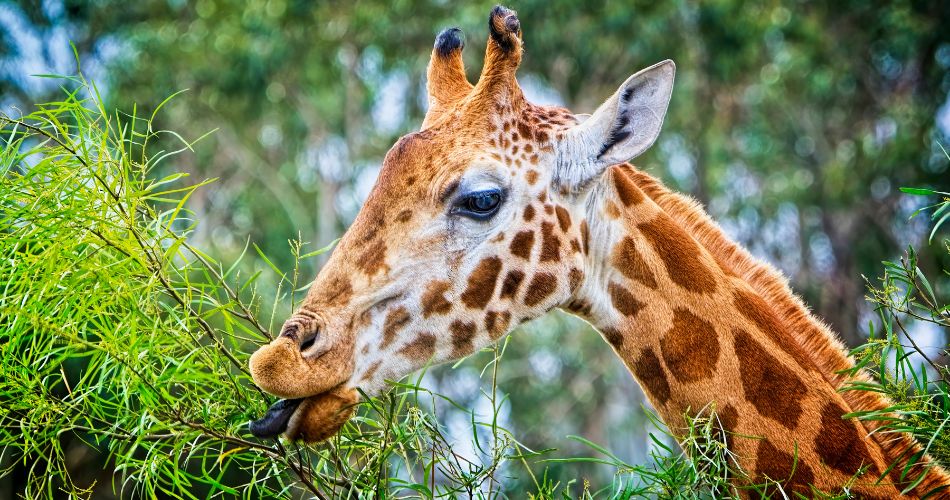
Fan facts about giraffes
- Giraffes are the tallest land animals on Earth, with adult males reaching up to 18 feet (5.5 meters) in height.
- Their long necks contain only seven vertebrae—the same number as humans—but each one can be over 10 inches (25 cm) long.
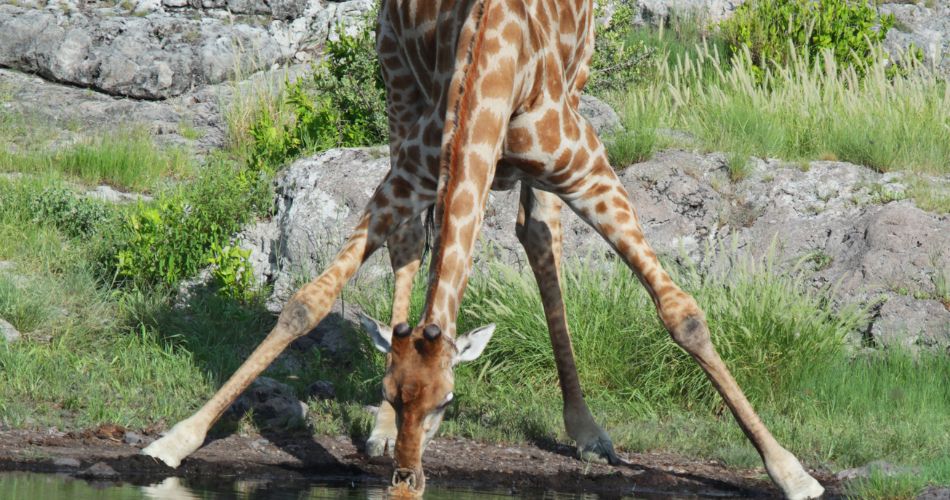
- A giraffe’s heart can weigh around 25 pounds (11 kg) and generates enough pressure to pump blood up its long neck to the brain.
- Despite their height, giraffes only need 5 to 30 minutes of sleep in a 24-hour period—often taken in short naps standing up.
- Each giraffe has a unique coat pattern, like a fingerprint, helping researchers identify individuals in the wild.
- Giraffes use their 18–20 inch (45–50 cm) long tongues to grasp and strip leaves from thorny acacia trees.
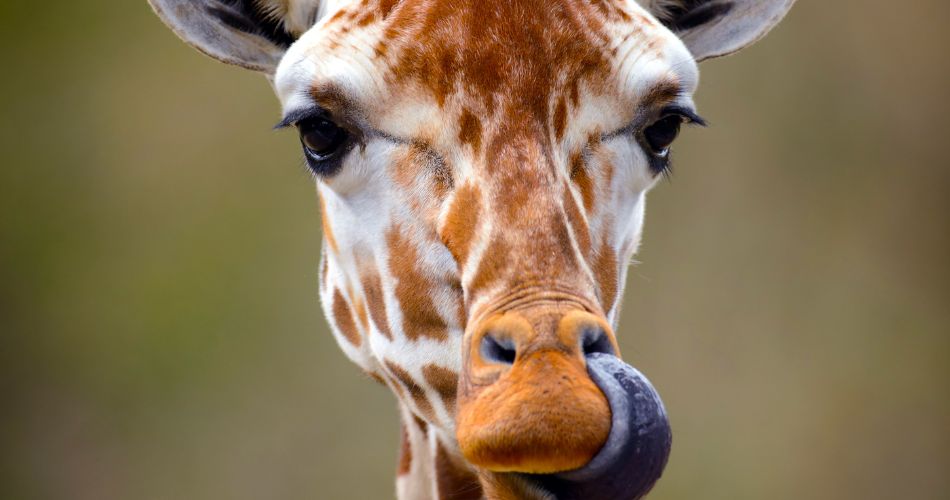
- They give birth standing up, and the calf drops about 6 feet to the ground—an abrupt but effective start to life.
- Males engage in a behavior called “necking,” swinging their necks and heads to spar for dominance or mates.
- Giraffes are surprisingly fast and can run at speeds of up to 35 mph (56 km/h) in short bursts.
- Giraffes have a calm and watchful presence, often acting as lookouts for other animals on the savanna due to their height.
World Giraffe Day Dates Table
| Year | Date | Day |
|---|---|---|
| 2025 | June 21 | Saturday |
| 2026 | June 21 | Sunday |
| 2027 | June 21 | Monday |
| 2028 | June 21 | Wednesday |
| 2029 | June 21 | Thursday |
Subscribe to our newsletter and never miss a holiday again!

